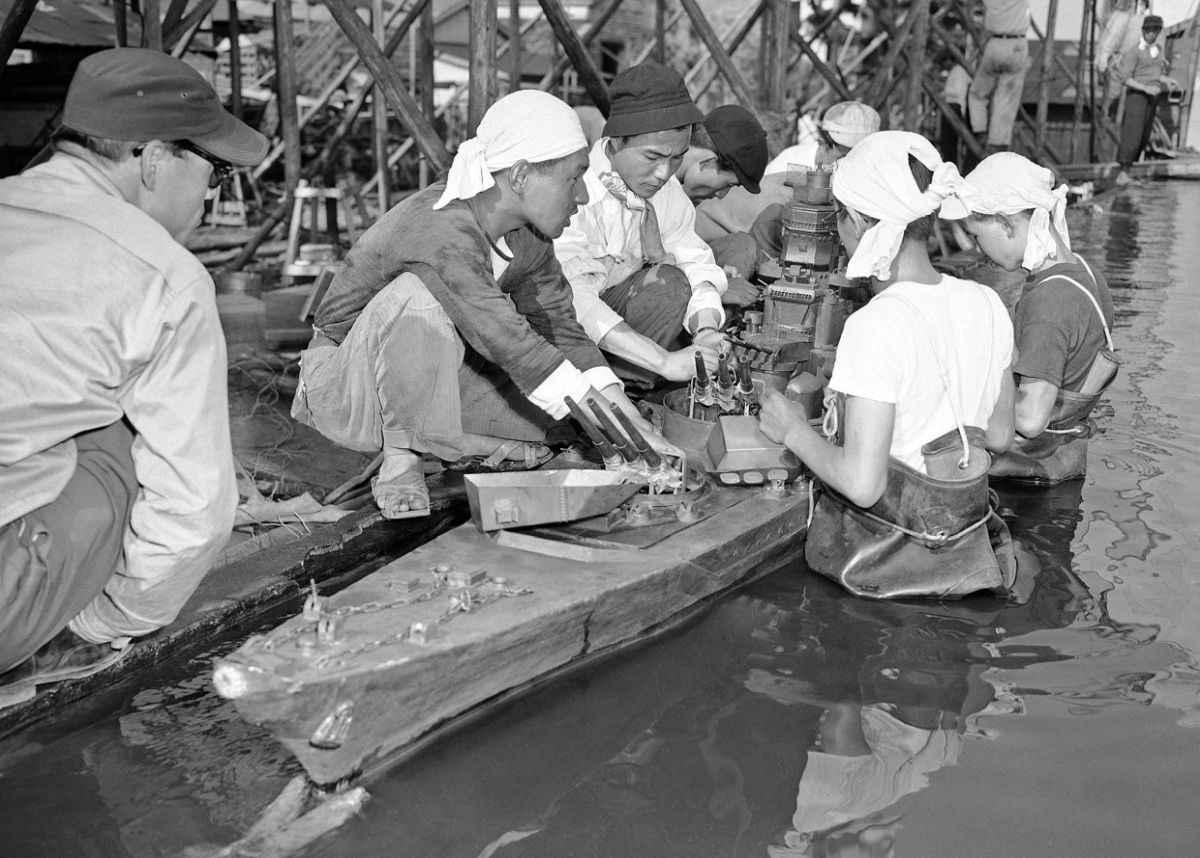After its defeat in World War II, Japan experienced a crisis, but in a relatively short time it managed to show good growth. Now the country is considered one of the leading countries and can dictate its own conditions in addressing world issues. Japan’s economic growth has brought the country to the position of highly developed, and it takes the leading place among superpowers.
How Japan’s economic growth was going on
Japan has a well-organized economic structure, and its business management system is a model for many countries. Within a relatively short period of time, the government managed to raise the economy and infrastructure to a high level and modernize production.
Now the country is actively involved in global political processes, in the world market, but it was not always like that.
In the postwar period, Japan’s economy was at a catastrophic level, and industry was not operating at full capacity. In order to improve the situation, it was decided to act gradually:
- First of all, a fundamental reconstruction of the economy was to take place. This period lasted from 1945 to 1960.
- The second stage took place in the 70s, during which the state introduced a number of structural changes, which gave an extensive growth.
- The third stage began in the 80s and consisted of intensive economic development.
Extensive growth model includes activities on initial processing of materials and raw materials imported from other countries. After that, the final products were produced and exported abroad.
The scientific and technological base in postwar Japan was quite low, and technologies from other countries were used to maintain production. But in order to be able to apply these developments at local enterprises, they were adapted to specific conditions.

Thanks to the development and improvement priorities of mechanical engineering, chemical industry and metallurgy, Japan was able to achieve stable growth by the 70s. In addition, to strengthen the economy, various government programs were developed to attract investment and modernize production facilities. Such measures had brought results and the country had taken a leading position in the world.
Step-by-step actions to strengthen the Japanese economy have led to significant improvements:
- increased production efficiency, which was achieved by reducing material costs;
- thanks to the strengthening of certain sectors of the economy, a significant improvement in the structural component of production was achieved;
- its own scientific and technical base has appeared;
- management system has changed;
- much attention is paid to the direction of foreign economic activity.
A significant contribution to the modernization and restoration of the country belongs to the automation of a number of production processes. Physical labor was replaced by mental work, which allowed employees to develop rather than perform the same operations.
Japan’s economic growth trends continue today, allowing the country to strengthen its position and authority among other countries.




